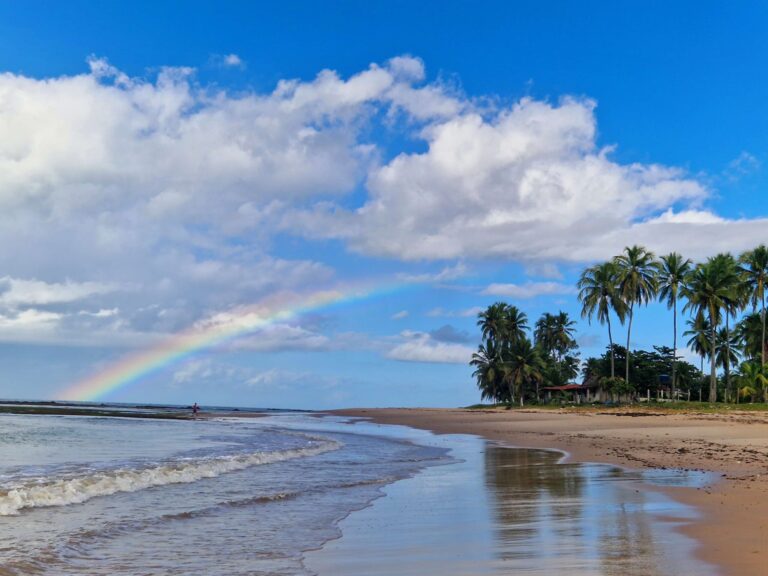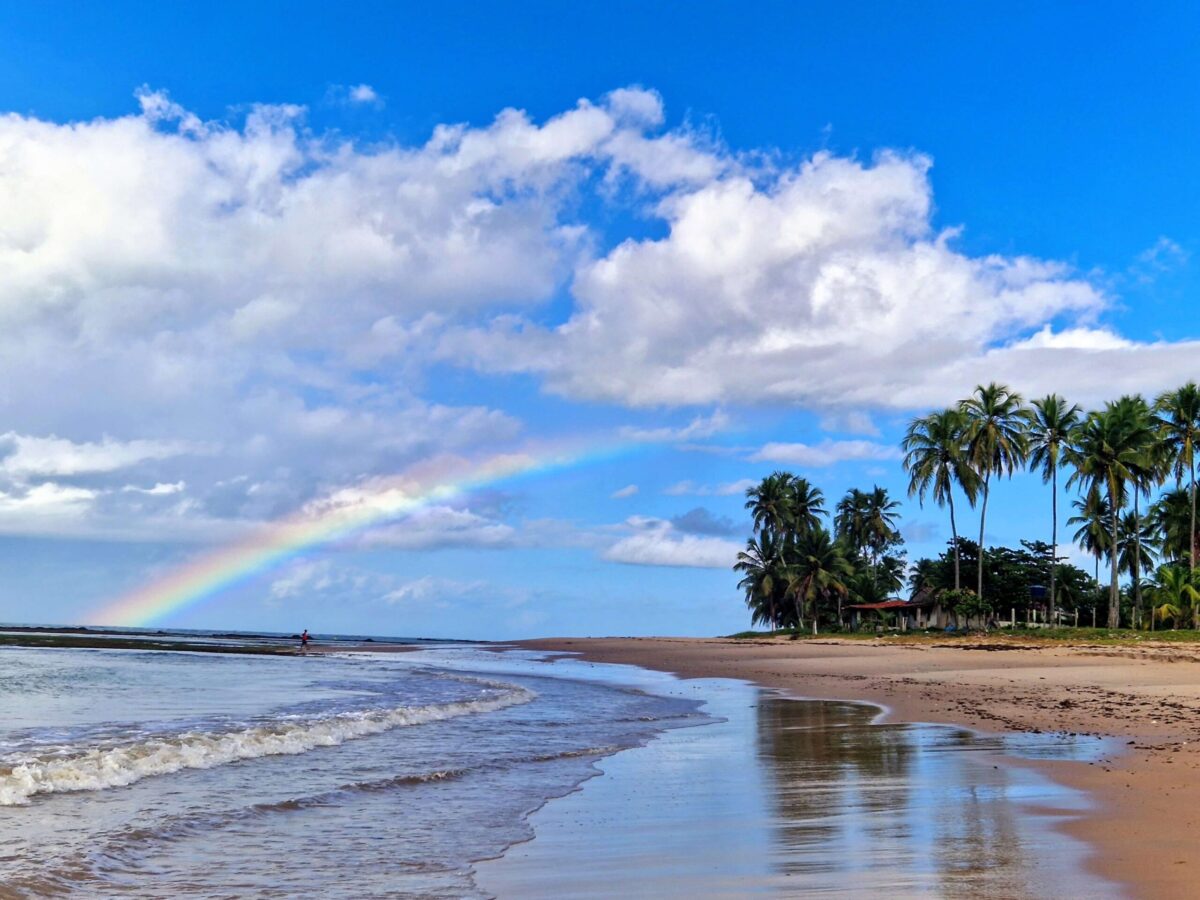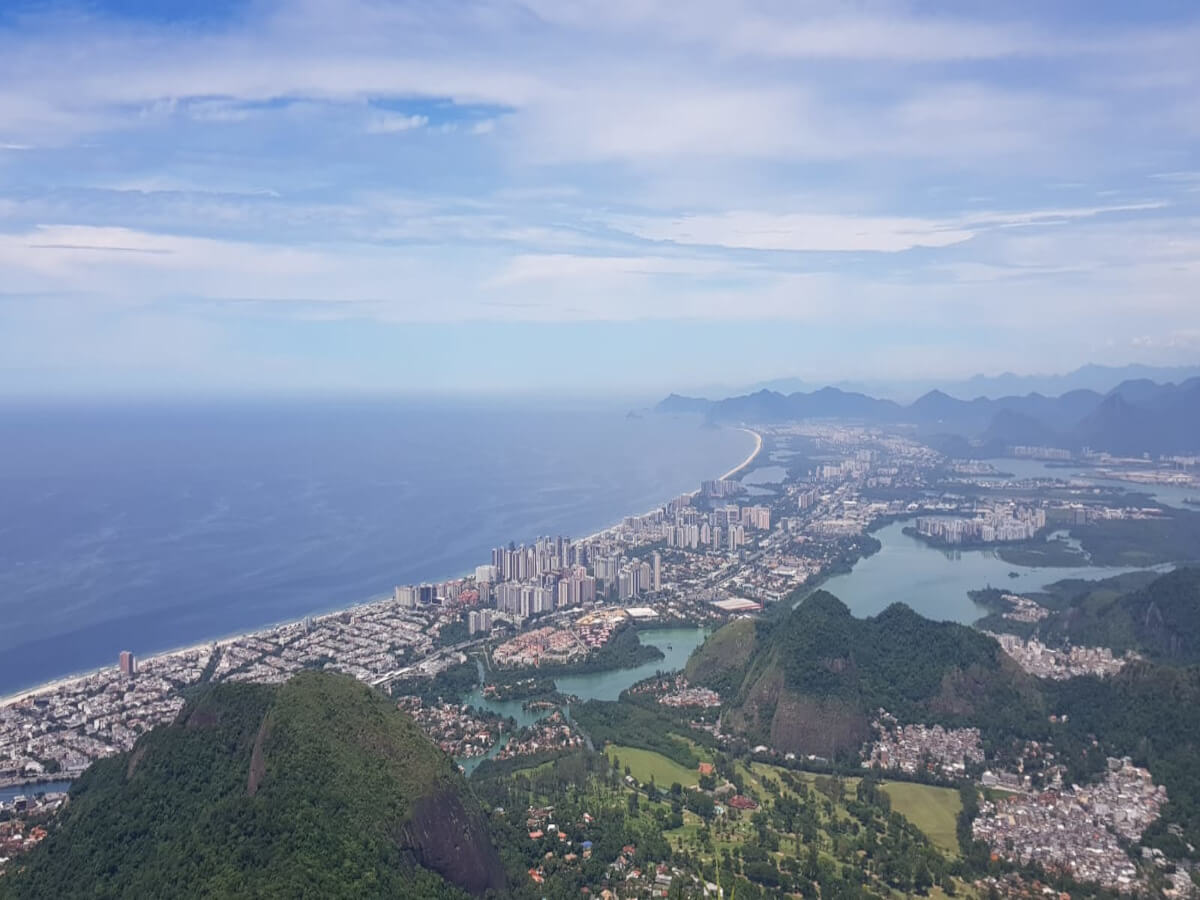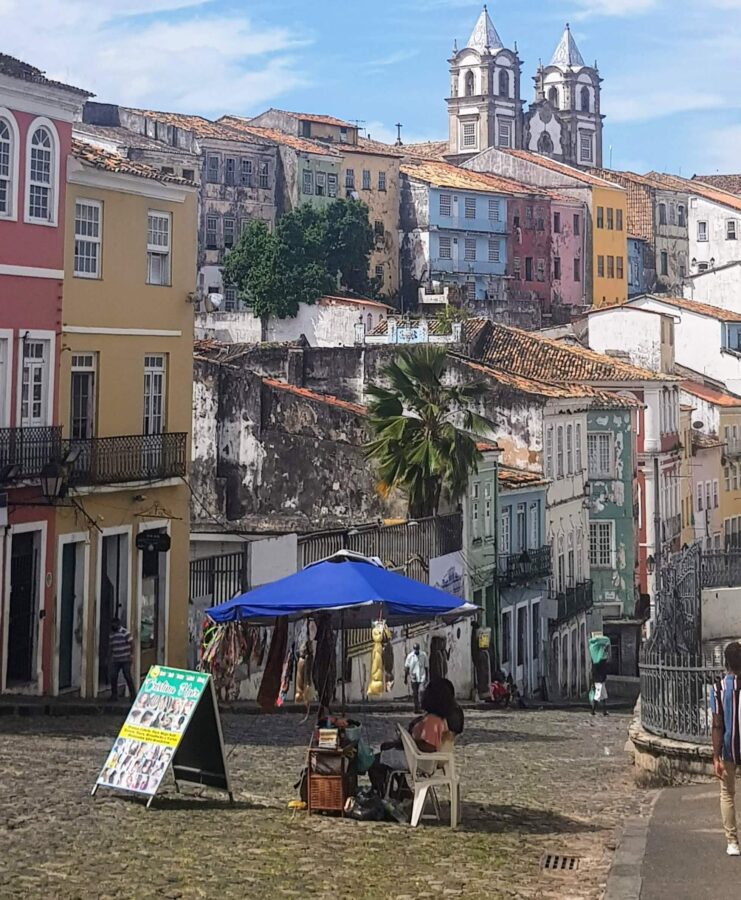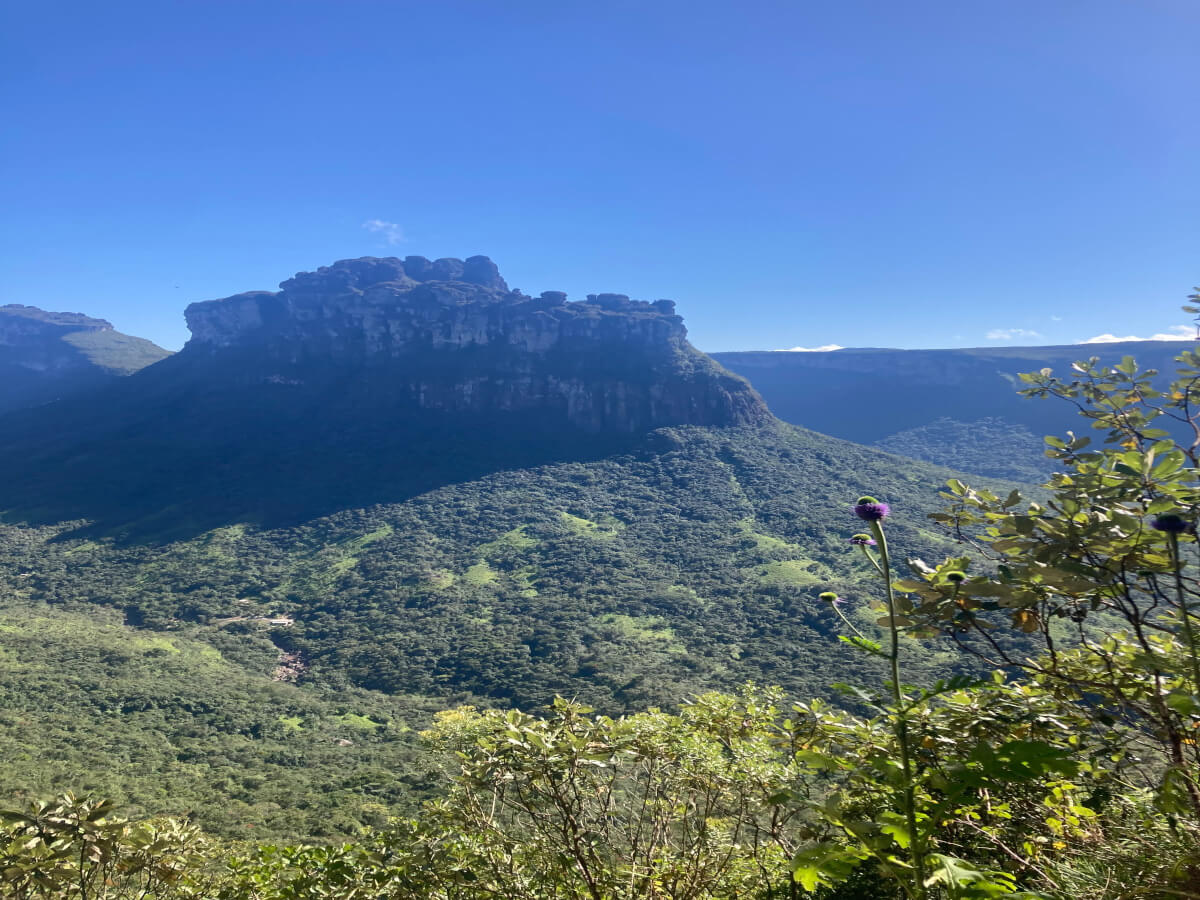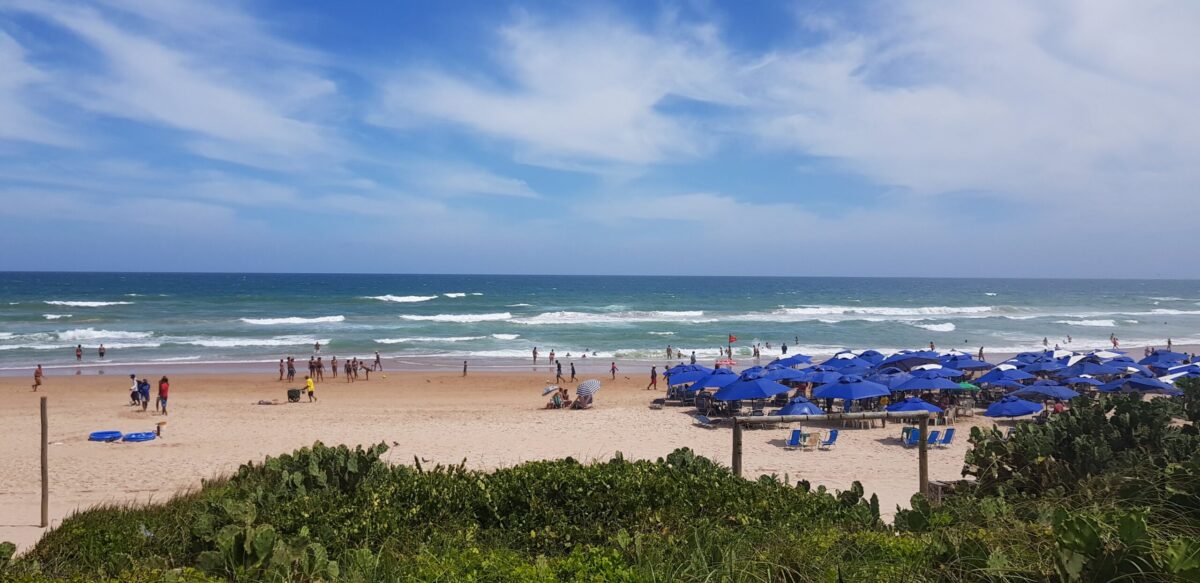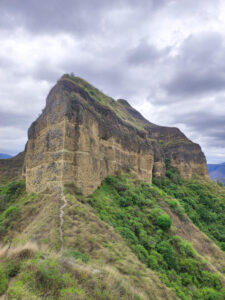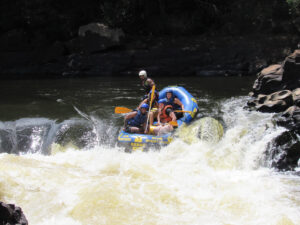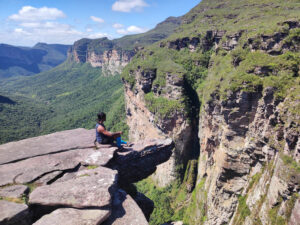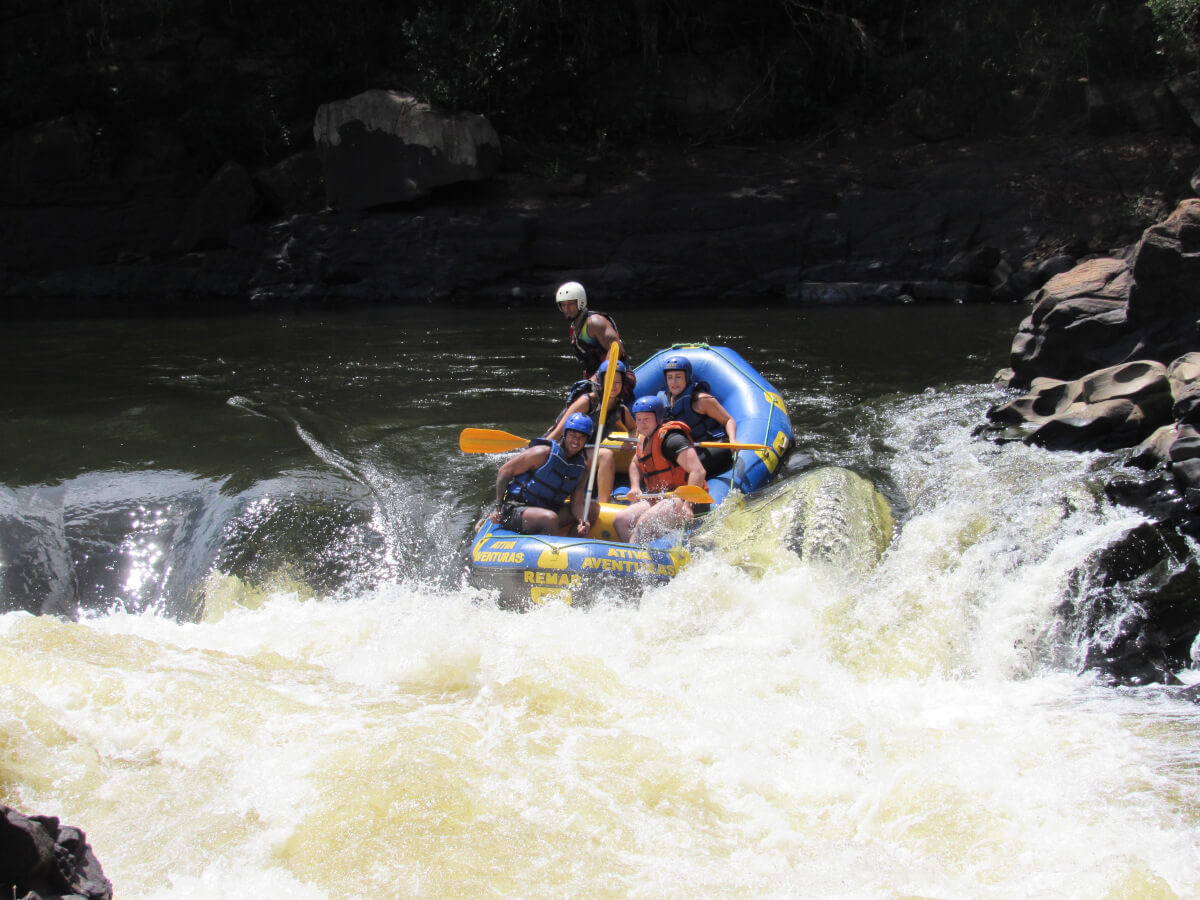
Brazil Itinerary for 3 Weeks: A Guide for First-Time Visitors
Brazil feels like a continent(because it literally is one!!), with an area bigger than Europe. As someone born and raised there, I’ve had the privilege of exploring 17 of its 26 states. I’ve crafted this 3-week Brazil itinerary to help you experience the best of my home country. It is a tough mission to create an itinerary for such a


